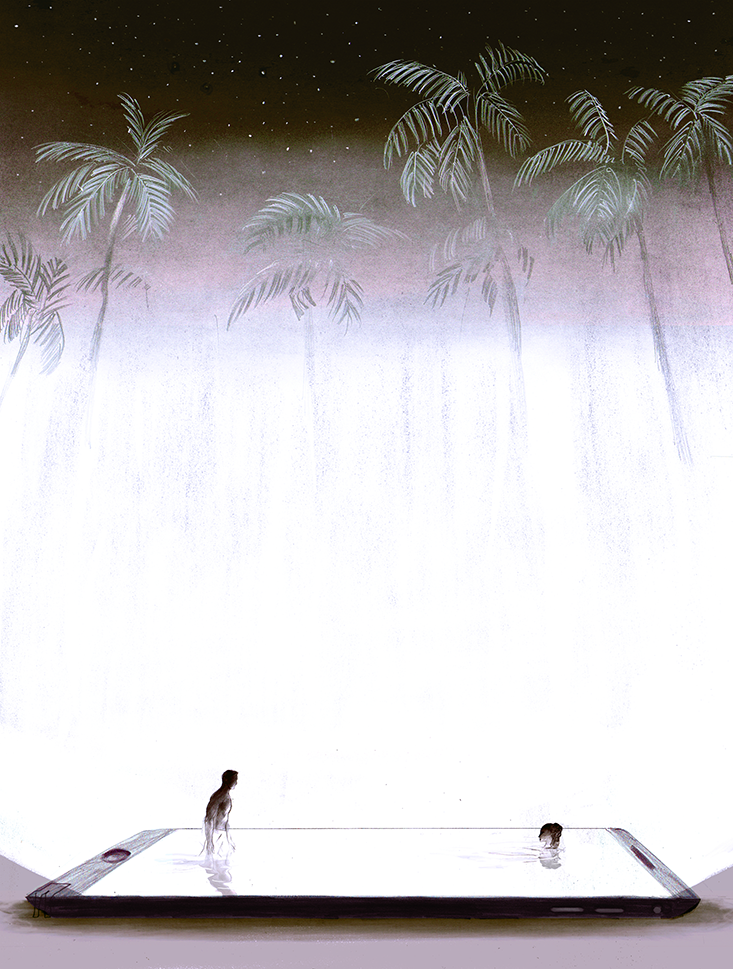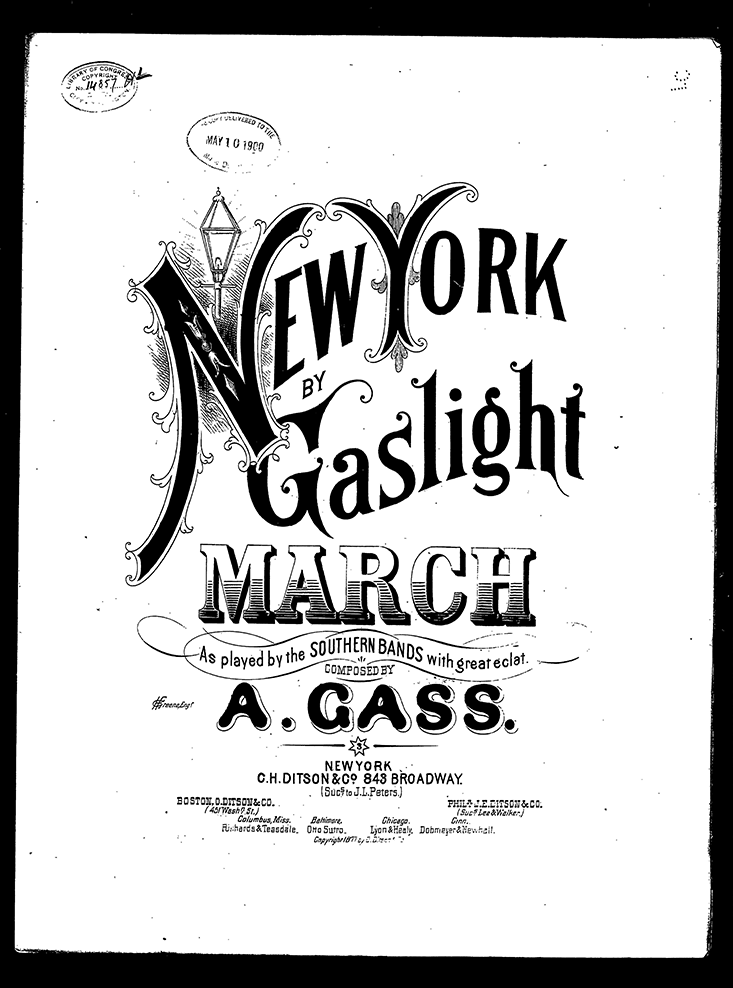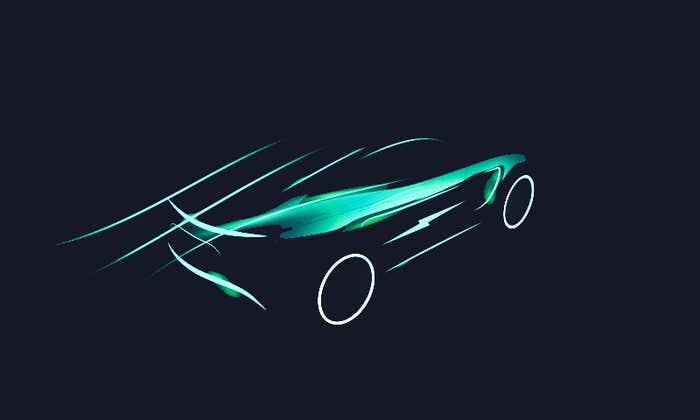In 1996, Yale economist William D. Nordhaus calculated that the average citizen of Babylon would have had to work a total of 41 hours to buy enough lamp oil to equal a 75-watt light bulb burning for one hour. At the time of the American Revolution, a colonial would have been able to purchase the same amount of light, in the form of candles, for about five hour’s worth of work. And by 1992, the average American, using compact fluorescents, could earn the same amount of light in less than one second. That sounds like a great deal.
Except for one thing: We treat light like a drug whose price is spiraling toward zero. In the words of sleep expert Charles A. Czeisler of Harvard Medical School, “every time we turn on a light, we are inadvertently taking a drug that affects how we will sleep and how we will be awake the next day.”1 Our daily metabolic cycles are not precisely 24 hours long, and this turns out to be a crucial evolutionary glitch in the mammalian circadian system. Circadian rhythms must be reset daily to keep us in behavioral synch with the earth’s rotation, so we will sleep when it is dark and wake when it is light. This process is called entrainment, and it is achieved by means of light exposure. In the brain, a region of the hypothalamus called the suprachiasmatic nucleus receives input from the retina, causing specialized “24-hour” cells to oscillate in specific patterns. This affects how we eat, sleep, and work. And in most people, the circadian response is intensity-dependent, meaning the greater the light, the greater the effect on the human circadian system.
To complicate matters, our relationship with light is profoundly psychological as well. In “Psychological processes influencing lighting quality,” published in Leukos, the Journal of the Illuminating Engineering Society of North America in 2001, Jennifer A. Veitch analyzes the available scientific evidence concerning the manner in which lighting conditions affect mood and behavior in office settings. Veitch found that “preferences for illuminance levels are generally higher than the recommended levels.” Researchers in the Netherlands, Sweden, the United Kingdom, the United States, and Canada have all documented the same tendency to “overlight” things.2 Veitch also references studies showing that “people with seasonal affective disorder or the milder, subsyndromal, form of this mood disorder consistently preferred higher room illuminance levels than matched, normal controls.”
Veitch’s data support the notion of “a common experience of gloom associated with lighting conditions at low adaptation luminances, particularly when the vertical luminances are low.” Put simply, people don’t feel comfortable in dim workrooms with no wall lighting. See any film noir classic for details.

Our lust for light has transformed our cities. We have hobbled the nighttime thieves, perverts, and pickpockets; the ghosts, goblins, and witches. Greg Gbur, a professor in the University of North Carolina’s Department of Physics and Optical Science, reminded me that a wealth of stories—from H. P. Lovecraft’s The Haunter of the Dark to the movie Pitch Black—have focused on the horrible things that come for us when everything goes dark. Many of the first treatises denying the existence of ghosts and witches came from larger cities in the Netherlands and England, which featured some of the earliest and most extensive street lighting in Europe. At roughly the same time, “failure to illuminate” became a 17th-century crime. As Henry David Thoreau concluded: “Men are generally still a little afraid of the dark, though the witches are all hung, and Christianity and candles have been introduced.” By the mid-1800s, gaslight had changed everything. Artists, bohemians, and ordinary citizens of every stripe ventured forth into the gaslit night of the city. In the 1850 pocket guide, New York by Gas-Light, we are told how to “penetrate beneath the thick veil of night and lay bare the fearful mysteries of darkness in the metropolis.”
Today, engineers are greasing the wheels. Lighting prices fall and efficiencies rise with the breathtaking inevitability of Moore’s Law in semiconductors. Moore’s Law, a prediction made by Intel co-founder Gordon Moore in 1965, says that the number of transistors packed on a chip will double every 18 to 24 months. More than half a century later, Moore’s Law still holds, although many experts believe it will run its course in a few more years. The lighting field has its own Moore’s Law, an LED counterpart called Haitz’s Law. In 2000, Dr. Roland Haitz, then with Agilent Technologies, predicted that the cost of LED lighting will fall by a factor of 10, while “flux per lamp” (what we call brilliance or luminosity) will increase by a factor of 20 per decade. How long that trend will continue is also a matter of intense debate, but solid-state lighting (SSL) technology is based on semiconductor components, so the technology price fix is in, at least for now, and lighting is likely to keep getting cheaper.
Many of the first treatises denying the existence of ghosts and witches came from larger cities in the Netherlands and England, which featured some of the earliest and most extensive street lighting in Europe.
As prices fall, our use of light climbs in exact proportion. For several years now, physicist Jeff Tsao at Sandia National Laboratories has been digging into the economic cost-benefit ratios of artificial lighting. Analyzing data sets spanning three centuries and six continents, Tsao and his coworkers at Sandia have concluded that “the result of increases in luminous efficacy has been an increase in demand for energy used for lighting that nearly exactly offsets the efficiency gains—essentially a 100% rebound in energy use.”3 The Sandia group’s equations aren’t holy writ, but with remarkable consistency, human beings, when faced with the availability of a cheaper and more efficient lighting technology, simply use more of it. We don’t bank the savings, but instead fall into what is known as Jevons’ paradox, which states that technological improvements can be counterproductive if the resultant savings are spent rather than saved.
Tsao calculates that, as a result, light represents a constant fraction of per capita gross domestic product (GDP) over time; the world has been spending 0.72 percent of its GDP for light for 300 years now. If there are other energy markets that show a constant percentage of GDP expenditure over time, Tsao doesn’t know of them. Noted environmentalist Amory Lovins memorably told the New Yorker’s David Owen in 2010 that improved lighting has always been “a lunch you’re paid to eat.”4
Like any junkie, we don’t know when we’ve had enough. “One thing that evolutionary anthropologists have learned is that humans are not necessarily natural conservationists,” says biological anthropologist Carol Worthman of Emory University, who has done field work in developing countries with scant night lighting, such as New Guinea and Vietnam. “We don’t have inbuilt mechanisms to step down consumption, even in the best interest of our own physical health.” The disruption of circadian rhythms and the disappearing night sky are just a part of the price. We’ve even tried, and failed, to understand how much we need. “Despite over a century of research,” the Sandia group found, “recommended [lighting] levels for comparable spaces still vary by a factor of up to 20.”
After centuries of gorging, however, there may finally be darkness at the end of the tunnel. The Sandia group forecasts that “the developed countries are nearing a saturation point in average illuminance, but plausible arguments can be made that the saturation point may yet be a factor of 10 or more higher.” Even a factor of 10 is small compared to the distance we’ve come, and may be reached in the not-too-distant future. “The pace of improvement is still pretty fast,” Tsao says, “so I’m not thinking the slowdown happens for another decade at least.”

Even if we don’t reach saturation, we may decide to control our own usage. Ecological economist Blake Alcott believes that if Jevons got his paradox right, then “business-as-usual efficiency gains must be compensated for with physical caps like quotas or rationing.” Alcott did his Ph.D. work on sustainability strategies at the University of East Anglia, after a stint with the Sustainability Research Institute at the University of Leeds. Much of his work has focused on arguments surrounding the energy rebound effect. Alcott thinks we will need braking mechanisms to cap or otherwise limit the expansive growth of lighting in the developed world. “Politically unfashionable though they may be,” Alcott wrote in Ecological Economics in 2005, “ecological economics should once again take resource rationing seriously.”5
Here too, technology will come into play. Tsao predicts that the future will be about sensors and network smartness. “It may seem creepy, but when the network knows where you are and where you are looking, the network should be able to figure out lots of ways of saving energy by judicious placement of light.” Jack van der Pol, a development manager for smart lighting at NXP Semiconductors in the Netherlands, told the BBC: “The way street light is managed now is so outdated. People want more control.”
Human beings, when faced with the availability of a cheaper and more efficient lighting technology, simply use more of it.
The researchers at Sandia envision a future in which lighting systems will more closely approximate natural lighting, and see a useful analogy in telephony, where bare-bones telephone service evolved into “smart mobile communications systems with a fusion of communications, computation, and display technologies.” Real-time control of the mix of light wavelengths and intensity, as well as real-time control of light placement, are the keys. The Holy Grail is a semiconductor-based distributed array of sensors and controls that would “tailor local illuminances” to match time, place, and people. The goal is to customize light to fit people’s preferences, which could cut back on lighting and save energy by ironing out waste. Today’s compact fluorescent lamps are expected to give way to SSL LEDs by about 2020, which is when the first rudimentary “smart” lighting will gain ground, say researchers. This may eventually lead to wireless controls for full on/off dimming responses. We will enter an era in which “lighting systems have the information necessary to customize light to user preferences,” according to Tsao’s 2010 article in the Journal of Physics D.6
It would be a major change in our way of thinking. As the smart grid grows smarter, resource rationing becomes more technologically feasible. Micro pricing across a smart lighting grid could result in “illumination arbitrage,” where various forms of electrical demand can be traded back and forth. But not everyone thinks it’ll happen. William Nordhaus tells me “I can’t imagine that we will see light rationing in my lifetime.” Nordhaus has some issues with the quality of the large data sets used by Tsao’s group, and thinks that saturation is not on the immediate horizon. “I would be surprised if the growth in lumen-hours was as great in the next century as the last, but saturation on a global scale? Almost surely not.”
If nothing else, communities may take the matter into their own hands. A recent survey of light pollution around the National Optical Astronomy Observatory on Kitt Peak in Arizona show that the mountain is only a little bit brighter than it was in 1988, and has essentially stabilized at 1999 levels. Researchers credit local lighting ordinances and outdoor lighting codes designed to save energy, which have managed to offset overall population growth in Arizona’s urban centers. Kathryn Neugent and Philip Massey of Lowell Observatory have written that the restrictions, which mandate total lumens per acre and set curfews for outdoor illumination, “have effectively stopped the impact of household, commercial, and outdoor lights on the night sky.”
On his deathbed, Goethe is supposed to have demanded more light. Today we are living in a world that has met Goethe’s demand beyond his wildest dreams. Sea turtles trundle mistakenly toward seaside condos, fireflies fail to find mates, and two thirds of Americans in 2008 and 90 percent of the world’s population could no longer see the Milky Way with the naked eye. How much light can we take? We’re bound to find out. After all, it’s practically free.
Dirk Hanson has contributed to Scientific American, Wired, The Dana Foundation, Scientific American Mind, and other publications. He is the author of The Chemical Carousel: What Science Tells Us About Beating Addiction.
References
1. Duffy, J.F. & Czeisler, C.A. Effect of Light on Human Circadian Physiology. Sleep Medicine Clinics 4, 165-177 (2009).
2. Veitch, J. A. Psychological processes influencing lighting quality. Leukos, the Journal of the Illuminating Engineering Society of North America 30, 124-140 (2001).
3. Tsao, J.Y. & Waide, P. The World’s Appetite for Light: Empirical Data and Trends Spanning Three Centuries and Six Continents. Leukos, the Journal of the Illuminating Engineering Society of North America 6, 259-281 (2010).
4. Nordhaus, W. Do Real-Output and Real-Wage Measures Capture Reality? The History of Lighting Suggests Not. The Economics of New Goods 27-70 (1996).
5. Alcott, B. Jevons’ paradox. Ecological Economics 54, 9-21 (2005).
6. Tsao J.Y. et al. Solid-state lighting: an energy-economics perspective. Journal of Physics D. 43, 354001 (2010).






























